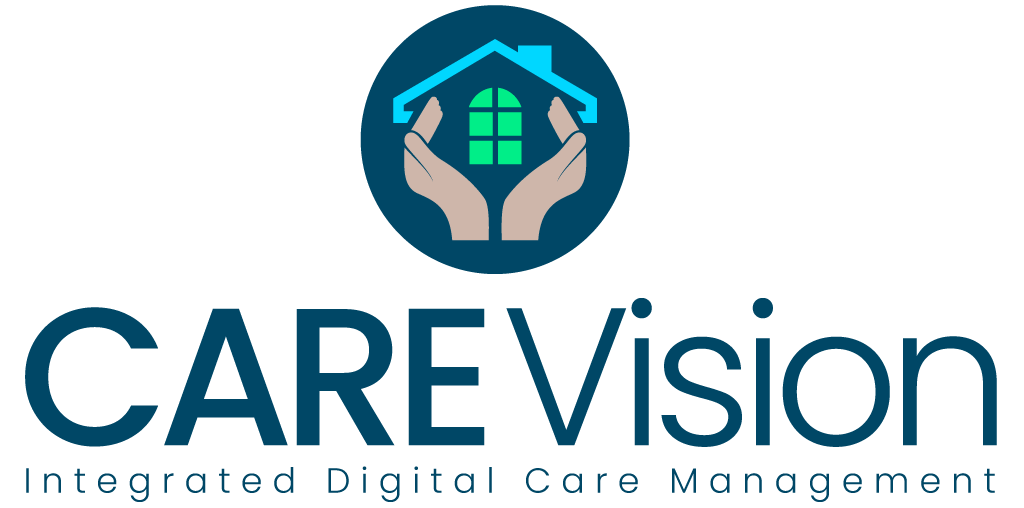Cleaning bed clothes, table linen, towels, staff uniforms and residents’ garments is a key part of the successful running of a residential care home. After all, it is integral to maintaining good hygiene standards and helps keep everything looking nice and smelling fresh. Getting into a good laundry routine helps the home run more smoothly and having crisp, clean linen and clothing around raises people’s spirits and reduces the risk of spreading infections and germs.
Looking after the laundry need not be onerous or complicated. A few simple routines and top tips can help make this task easier to handle and produce better results for everyone.
Hygiene first
The main reason for keeping on top of the laundry in a care home is to prevent what is known as healthcare acquired infections. These can cause serious havoc in a residential setting. This is due both to the potentially fatal health-related consequences to the residents, as well as the emotional distress that an infection outbreak can cause their family members.
Not only bed linens, but staff uniforms, table cloths and even residents’ own clothes can harbour bacteria and promote the spread of infections. Simple routines, such as loading dirty laundry from one side of the machine and collecting clean washing from the other can help keep everything as hygienic as possible.
Invest in decent equipment
Investing in decent, modern laundry machines and equipment can significantly help raise standards and reduce the stress felt by staff members to keep linens and clothing fresh, clean and hygienic. Clothes washing machines must be able to handle heavily soiled linens and get rid of bodily fluids such as vomit, urine or blood completely. Detergents used must be of a high enough quality to achieve a properly hygienic level of cleanliness.
Consider installing a separate wet room and dry room so that you have more space to sort through laundry at its various stages. This will also give you more room to dry items such as tea towels naturally, rather than always relying on the tumble dryer. Added shelves and hanging rails will also prove useful for busy laundry teams while they are sorting out dry washing, ironing and folding.
Ensure health and safety compliance
Even before soiled sheets or garments reach the clothes washing machines, they must be picked up and transported to the laundry room or facilities. This requires strict levels of health and safety compliance. For example, staff should wear the correct PPE to avoid spreading bacteria or contaminating other surfaces. Adherence to CQC guidelines on handling laundry and controlling infections must also be strictly followed. Protect staff’s physical health by installing machines at waist height to avoid repeated bending down. Provide gloves to prevent burns from hot material coming out of the machine or tumble dryer and to protect people’s hands against harsh detergents and potential allergic reactions.
Always follow machine manufacturer’s instructions to avoid any incidences of fire or breakdowns. For example, keep machines clean from fluff, lint and debris. This can also help reduce energy usage. Allow laundry to complete the cooling cycle inside the tumble dryer, rather than opening the door mid-way through. Follow guidelines for safe positions and practices for ironing or using ironing presses.
Go digital
Laundry may not be the first thing to cross your mind when thinking about ways to digitalise your care home operations, but a digital care management system can help things run more smoothly. Procurement tools ensure that you do not run out of detergent. Maintenance scheduling will help keep machines in good repair, as routine servicing appointment s will not get overlooked and smaller problems can be picked up and fixed early.
Staff rota software will enable you to always have enough people on shift to cope with laundry demands and keep the washing from getting backed up. Finally, the ability to record and track residents’ medical and social care needs will mean that carers can keep a particular eye on those who are more prone to infections, or who might require additional laundry due to regular physical healthcare needs. They can also monitor allergies to certain chemicals or detergents and know when to use different laundry products to keep residents safe.





